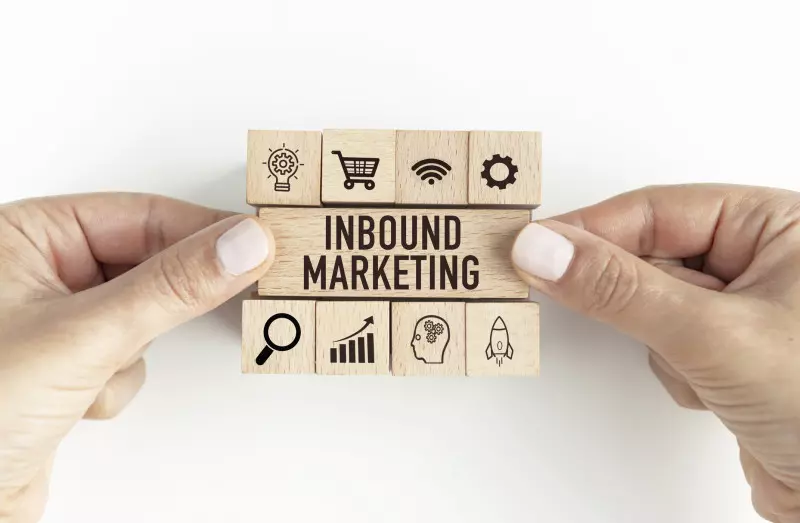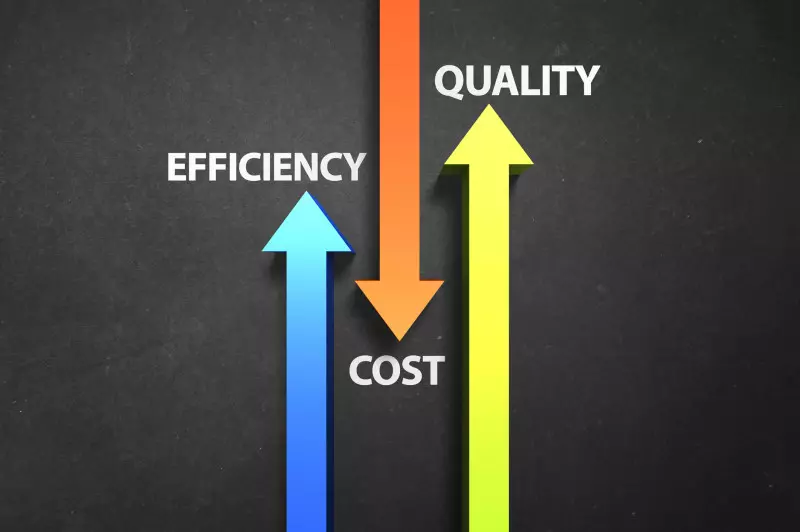Every business wants more leads. More leads means more clients and customers, which translates to more revenue. You’re in business for a reason, right? However, not all leads are created equal. Some of the most valuable leads your business can cultivate are inbound leads.
Sure, you could chase down potential customers in hopes they’ll be interested in what you’ve got to offer. But it’s infinitely easier to sell someone on your products and services if they’ve already expressed an interest in the first place.

Aren’t Inbound Leads & Quality Marketing the Same Thing?
Good question. Though quality marketing isn’t an industry term per se, it’s sometimes used in conjunction with or in lieu of ‘inbound lead generation’.
What are Inbound Leads?
Leads that initiate contact with your business through direct contact or referrals are called inbound leads. Direct channels of contact might include your social media platforms, blogs, and websites, whereas referrals might mean word-of-mouth marketing via previous clients, friends, and colleagues.
What is Inbound Lead Generation?
Inbound lead generation refers to the method of bringing customers to your brand through the use of targeted content. This targeted content is designed with your ideal customer in mind, with a goal of impressing them and spurring them to action. That action is hopefully establishing a relationship with your brand.
Inbound leads ideally will result in sales, and often do since the barrier of resistance is lower than with outbound leads. Inbound lead generation is a B2B approach, and fits perfectly into a customer-oriented quality marketing strategy.

What is Quality Marketing?
The main concept behind quality marketing is the availability of products and services needed by a customer that’s presented at the right time, price, and place to ensure their satisfaction.
Similarly, inbound lead generation applies the same principle by allowing the customer or service-buying business to do their own research and choose when and how to interact with the service-selling business.
Inbound lead generation has grown as a quality marketing technique in recent years because most businesses prefer to do their own research regarding products and services offered on the market and choose their own preferred brands.
Once they are satisfied with the quality of services or products offered, they then make contact with the brand and start the buying process.

Converting Inbound Leads into Cha-Ching
Inbound leads can be some of the best leads to have, because the prospects are already ‘warmed up’ to what you’ve got to offer. They’ve sought you out, which means they already have some knowledge about your products or services and like what they’ve seen so far. That’s part of why it's considered ‘quality’ marketing, because the quality of an inbound lead is higher than that of a cold lead. Below are a few tips to get started gathering and converting inbound leads.

Create Lead Magnets
The first step is to attract and lure the lead. For this, you can put out valuable resources that are helpful and useful to your target market, via social media platforms, an email newsletter, and/or blog content.
You can also create lead magnets. Lead magnets can be anything relevant to your industry that your target market would perceive as valuable and useful. Maybe it’s a white paper, maybe it’s an ebook, maybe it’s a discount on products or services. Whatever it is, it can only be accessed by the potential customer signing up and providing their email address.
Once you have the required information and a customer profile to go with it, you have finally ‘captured your lead’. This simply implies that the potential customer or lead has initiated contact with your sales team to begin the buying process.

Gather Intel
Once the hook is in, you can then use their email address as well as any other captured information you’ve collected, to build a client profile and gather as much information about them as possible.
You can do this using surveys and questionnaires, or asking for feedback. You can also use their email to create ‘touch points’ with them, familiarize them with your brand, and warm them up further with a mix of content and marketing emails.

Test and Monitor Your Progress
Finally, always test everything you do and monitor your results. It’s a waste of time and energy to continue to do something that isn’t working. Find what works, and do more of that. Discard everything else as you continue to grow your business and level up!













Leave a Comment
Comments (0)